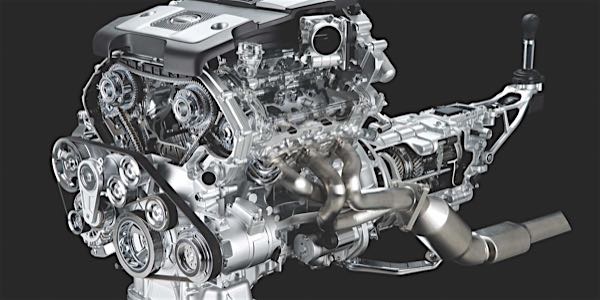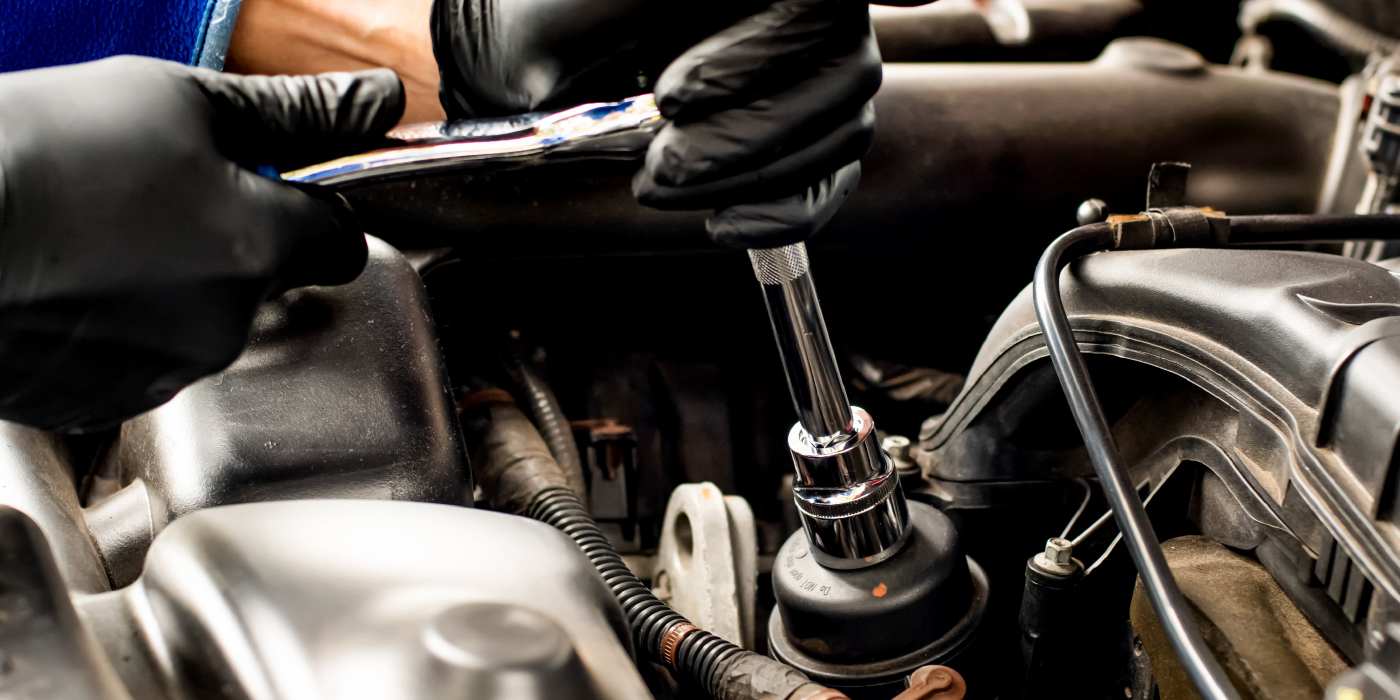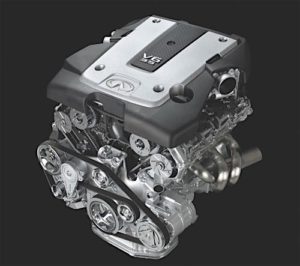
The VQ35 engine series, found in 2001-current Nissan and Infiniti vehicles, is very reliable but does have some issues with coolant and oil leaks. What makes some of these leaks unique is that they do not show up as traditional signs or in conventional locations.
Water Pumps
Topping the list of the most difficult water pumps to replace are those found in the Nissan VQ-series V6 engines. The pump is turned by the timing chain and is nestled in the engine block. This can make for a very difficult job whether the engine is mounted transversely or longitudinally. Book time on this job can range from 2.0-3.0 hours, depending on the model and layout. Unfortunately, there are no shortcuts.
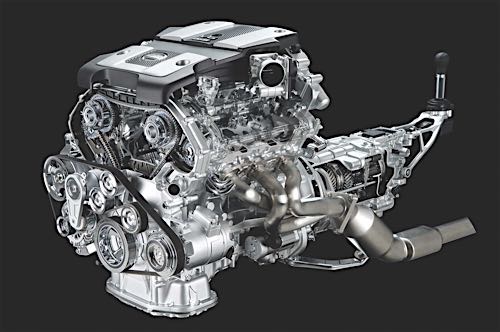
The first sign of water pump bearing failure will be a coolant leak coming from a hole on the block by the air conditioning bracket. This hole leads to the weep hole on the pump; it is between two seals that separate the oil on one side and the coolant on the other. If the outer O-ring fails, it will leak coolant into the front cover area that is connected to the oil sump. This could mimic a head gasket leak.
When replacing the pump, pay close attention to the O-rings. They need to be lubricated with either oil or coolant. The rings need to be able to seal and move a small amount as the block heats and cools. Do not use silicone or other sealants, which can cover the weep hole in the block.
Before starting the job, set the engine to top-dead-center. This can prevent the cams and engine from wanting to flop over when you release the slack on the chain. If you exceed 20º with the tensioner slacked, it could cause the chain to jump.
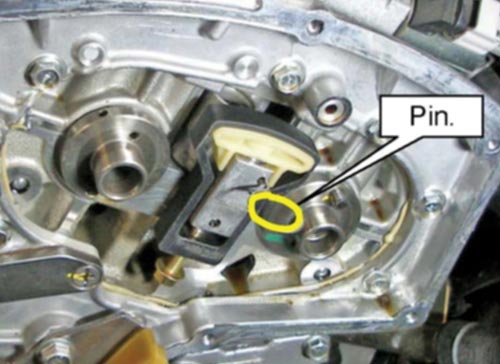
Internal Oil Leaks
In TSB NTB06-079a, Nissan advises that if codes for the variable valve timing solenoids are set, you first check the oil level and pressure.
The TSB does not provide a repair procedure or parts recommendation, but seasoned Nissan technicians will know the reason for the codes. The typical cause of the codes is internal oil leaks. These leaks reduce the amount of oil pressure going to the variable valve timing actuators, making them rattle while running and sluggish to respond. You can’t see the oil leak because the leaking gasket inside the front cover will drip down into the oil pan.
The back of the front cover has a plate that covers the oil passages that carry the oil to the variable valve timing actuators. These covers use very thin gaskets that can fail. Unfortunately, replacing the gaskets or the front cover requires removal of the timing chain, tensioners and water pump. In some cases, the engine must be removed from the vehicle.
External Oil Leaks
The O-ring that’s sandwiched between the block and oil cooler/filter assembly causes the most common oil leak on these engines. Replacing the O-ring is straightforward.
The next most common oil leak is at the valve covers. This type of leak is more prevalent on Quest minivans. Make sure to use the correct tightening procedure for the valve cover fasteners or there will be leaks.

